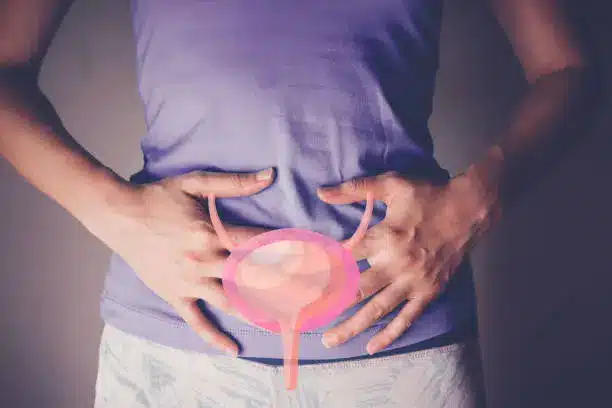
Bladder cancer is a widespread and complicated condition that impacts thousands of people yearly in the USA. According to the reports of the American Cancer Society, more than 83000 new cases of bladder cancer are detected every year. But most of these cases are treatable, particularly in the case of earlier diagnosis. In this blog, we will discover bladder cancer treatment cost & recovery time.
Bladder cancer treatment can be costly, and the recovery procedure depends on the type and condition of the cancer and the type of treatment procedure. Here we shared the detailed information about the different treatment choices, recovery procedure, and estimated costs.
Bladder cancer happens in the cells that make up the lining of the bladder, which is responsible for storing urine before it leaves the body. Most bladder cancers start in the urothelial cells, which make up the inner lining of the bladder to control urine leakage.
The class and stage of the cancer play a huge role in deciding the treatment options and prediction.
There are different treatment choices available for bladder cancer, such as:
TURBT is usually the first line of treatment for early-stage bladder cancer. It is a minimally invasive surgical procedure to remove tumors via the urethra utilizing a technical scope.
Healthcare professionals probably suggest this treatment procedure after TURBT for high-risk NMIBC. In this procedure, the most common choice is Bacillus Calmette-Guerin therapy, which controls the recurrence of cancer.
If muscle-invasive bladder cancer or high-risk cancer returns after using TURBT and intravesical therapy, then a radical cystectomy is probably required for treatment. It involves removing the whole bladder and, in some cases, nearby organs, such as the prostate in men or the uterus in women.
Chemotherapy is usually used in these scenarios:
In this procedure, the frontier barriers, such as Atezolizumab or Pembrolizumab, help the immune system fight and kill cancer cells. It is especially useful in cutting-edge or metastatic disease.
Radiation utilizes high-energy rays to kill or decrease tumors and is usually used in combination with chemotherapy.
Bladder cancer treatment can be expensive in the USA. Actual costs of treatment depend on multiple aspects, such as:
| Treatment Type | Estimated Cost (USD) |
| TURBT Procedure | $3,000 – $10,000 |
| Intravesical BCG Therapy (6 doses) | $6,000 – $10,000 |
| Radical Cystectomy | $19,000 – $30,000+ |
| Chemotherapy (per cycle) | $10,000 – $15,000 |
| Immunotherapy (per dose) | $20,000 – $30,000 |
| Radiation Therapy (complete course) | $10,000 – $15,000 |
| Post-operative care & medications | $2,000 – $5,000+ |
Recovery time can completely depend on the type and scope of the treatment, such as:
Even if you are experiencing active treatment, maintaining your health can greatly help recovery and lower the chances of recurrence.
There is a highest recurrence ratio in bladder cancer among all cancers, particularly for high-risk cancer. That is why regular follow-up care is necessary.
Bladder cancer treatment provides many choices with different costs and recovery procedures, heavily affected by early detection. Patients should comprehend the economic aspects of treatments, such as surgeries and therapies. Post-operative Recovery can vary, so adjusting a healthy lifestyle and maintaining routine follow-ups is crucial for improving results and controlling recurrence.
Answer: Earlier symptoms of bladder cancer are blood in urine (hematuria), regular urination, urgent need to urinate, and pain during urination. If you undergo any of these symptoms, it is crucial to consult a healthcare professional.
Answer: Bladder cancer can be treated, particularly when detected earlier. Many patients experience complete remission, but it is necessary to stay awake with regular check-ups because of the chance of recurrence.
Answer: You can consider different factors, such as discussing concerns with your healthcare provider, arranging for help at home during recovery, comprehending the treatment plan, and retaining support from family or friends throughout the procedure.

Dr. Mourad Abouelleil is a highly skilled and certified urologist known for his dedication to excellence in advanced urological procedures, such as robotic prostatectomy, HIFU, etc. With cutting-edge technology and extensive experience, Dr. Mourad Abouelleil provides personalized treatment plans to meet the unique needs of every patient with quality medical care.
Error: Contact form not found.